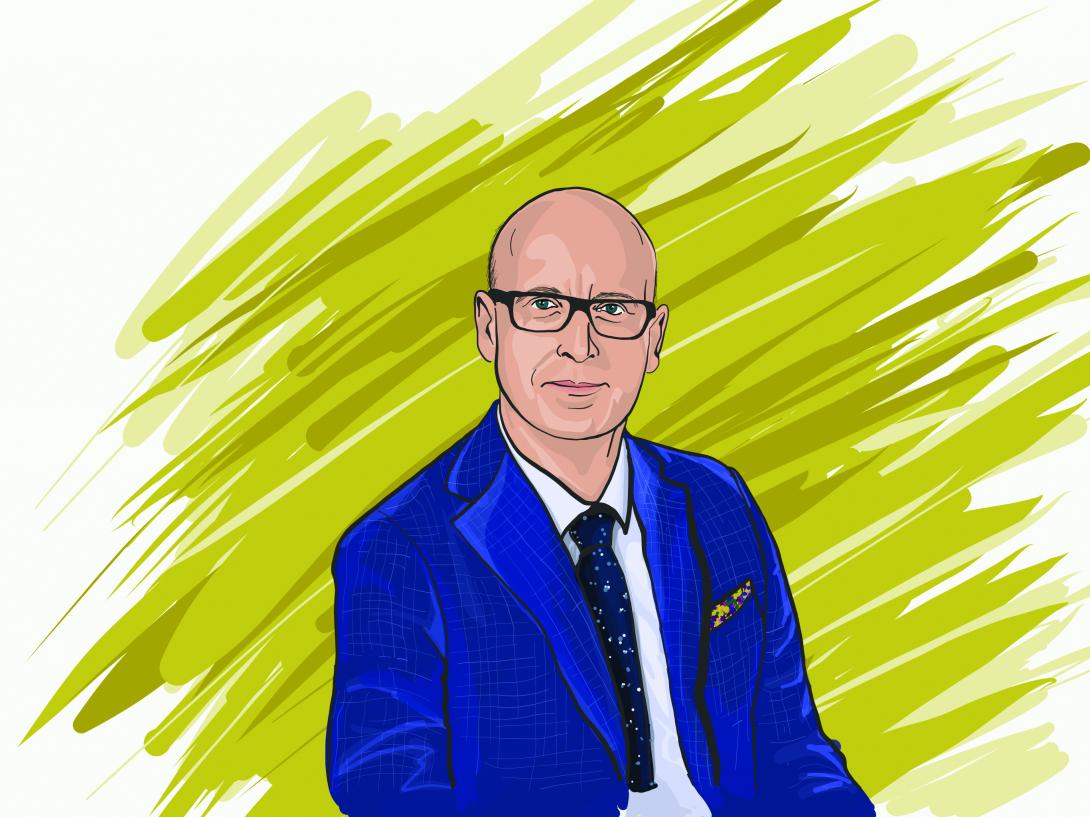“Teacher burnout” — I hate that phrase!!! It is often followed by “take care of yourself,” but this has always left me wondering how I can actually take care of myself. It sounds impossible sometimes. However, there are some fundamental strategies that do help, and I bet you can find time, even during the busiest times of the year.
Teaching is not for the faint of heart; dealing with the complex needs of students and their families takes a lot of spirit and care. I have had a few occasions over my many years of teaching when I really thought, “I can’t do this anymore.” One such occasion was when I began my first vice-principal position. I was in for a huge surprise. Not only had I changed positions from a junior high teacher to a vice-principal, but I had also changed schools. I was in shock, and I did not like it!
My assignment felt overwhelming, not only because it was new, but also because I had left the team of colleagues and friends I had leaned on over the previous decade behind. The change of schools was much more impactful than I realized it would be. I also had new and unfamiliar duties, was assigned to teach all new courses and felt the pressure of being the instructional leader. I didn’t know if I could handle it, and I suspect every teacher in Alberta has felt this overwhelmed at some point in their career.
The pressure and stress I felt when I changed positions was, fortunately, not unrelenting. I developed a new team of colleagues who supported me and gave me moments of laughter throughout the days. For me, colleagues played a huge role in my mental health — and they still do! I was fortunate that the stress subsided for me, but that’s not the case for everyone in every circumstance. Yes, stress is a reality of professional life, but extreme and unrelenting pressures can lead to the debilitating state we call burnout.
Three symptoms characterize burnout: exhaustion; cynicism, or distancing oneself from work; and inefficacy, or feelings of incompetence and lack of achievement. Research has linked burnout to many health problems, including hypertension, sleep disturbances, depression and substance abuse. Moreover, it can ruin relationships and jeopardize your career. We have seen ourselves or our friends experience this, and it is heartbreaking.
I implied above that there was an easy step you could take to prevent or recover from burnout. One of the most helpful ways is to develop relationships and seek out helpful interpersonal connections. Friends and fun got me through the tough moments. Positive relationships are a must! Also try to carve out time to prioritize your health. Shift your perspective to determine which aspects of your situation are fixed and which can be changed. I’m not telling you to start doing hot yoga every morning (unless that works for you), but look at what you can change in your day, and take one small step in a positive direction.
Even as you take care of yourself, take care of your team. Make sure you let colleagues know that they too need to take time for rest and renewal, even simply by role-modelling taking a break. I always tried to find time for a coffee in the staff room. Could this happen every day? Of course not, but I tried to make it priority. I do hear that teachers aren’t consistently taking their legislated 30-minute lunch break. Making sure you and your colleagues take this time is an easy first step to avoiding burnout. Take your break!
Small, simple changes can make a world of difference. Teachers know that teaching is not transactional; it is based on relationships, and so is your own wellness. The joy we find in our days leads to a much more fulfilling career, and I wish that for all of you. When you see me around ATA events, I would love to have a quick visit — I guarantee it will improve my day (and hopefully yours).

I welcome your comments. Contact me at kristine.wilkinson@ata.ab.ca.


